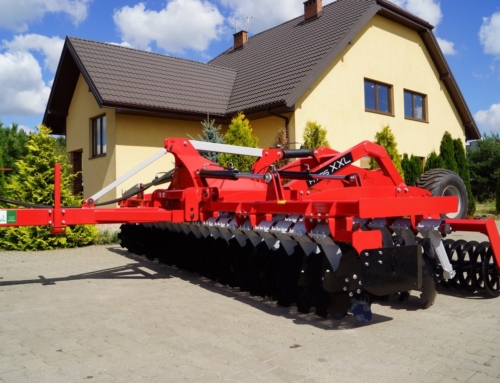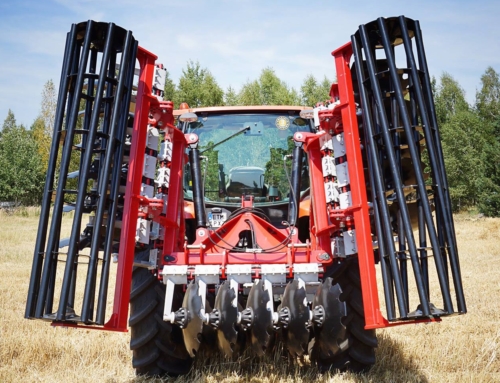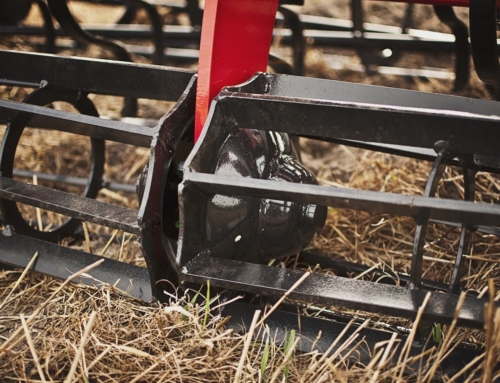A farmer's work consists of many agrotechnical procedures that aim to properly prepare the field for sowing. This involves carrying out various activities throughout the year, including the appropriate management of harvest residues. Harvest residues play a huge role in restoring soil properties and at the same time preparing the ground for growing subsequent plants. Therefore, it is very important to know what to do with large amounts of harvest residue.
- Why is the rapid decomposition of crop residues so important?
- Methods that accelerate the decomposition of plant residues
- What agricultural machines can be used to plow in plant residues?
Why is the rapid decomposition of crop residues so important?
There are always plant remains left in the field after harvest, which, when properly used, can act as a valuable fertilizer, only after decomposition. During the decomposition of harvest residues, large amounts of organic substances are released, which are a source of easily digestible compounds for plants in their initial phase of growth.
Moreover, this natural fertilizer increases the humus content in the arable layer, which has a positive effect on the soil structure, its retention capacity and fertility. It is for this reason that farmers should not lose the opportunity to use this natural organic matter. Moreover, by accelerating the decomposition of residues, you can save a lot on the costs of mineral fertilizers and provide the maximum amount of valuable ingredients that are the basis for the formation of humus.
Methods that accelerate the decomposition of plant residues
Microorganisms living in the soil, feeding the soil with nitrogen and periodic vaping contribute to the decomposition of crop residues. Ignoring the nitrogen content and soil reaction slows down the entire decomposition of residues, which means they can remain in the soil even all year round, not bringing any benefit to crops.
Too frequent and intensive plowing, which disturbs the biological environment of the soil, also has a negative effect. Therefore, it is worth paying great attention to plowing in crop residues to break them up and mix them evenly with the soil. Among other things, they will help with this purpose stubble aggregates, which are great for cutting, turning, loosening structures and also work well when mixing scattered manure or sown lime with the soil.
What agricultural machines can be used to plow in plant residues?
In the past, the basic tool for post-harvest cultivation was the plow. It wasn't a bad solution, but compared to today's disc harrows and/ or cultivation units had significantly lower effectiveness and efficiency. Therefore, nowadays stubble is often used for cultivation disc harrows and various kinds tilling sets. Both machines cope perfectly with large amounts of crop residue without clogging up and cutting it into the smallest pieces so that they can turn into humus faster.
The offer deserves special attention ATOS disc harrow from the manufacturer of agricultural machinery AMJ AGRO, because it guarantees uninterrupted operation in all conditions. Its main purpose is to mix stubble remains using discs and a tubular roller. A tubular shaft included in the structure plates perfectly compacts and compacts the soil so that the process of decomposing crop residues runs smoothly.







